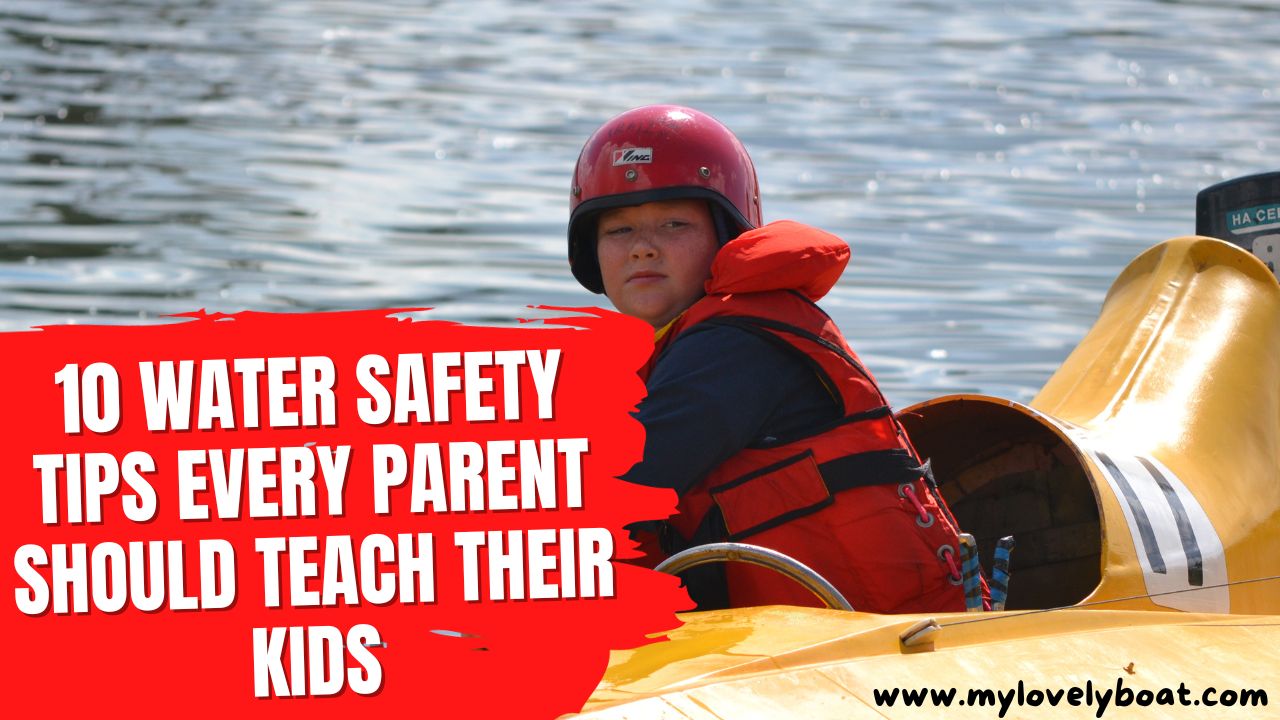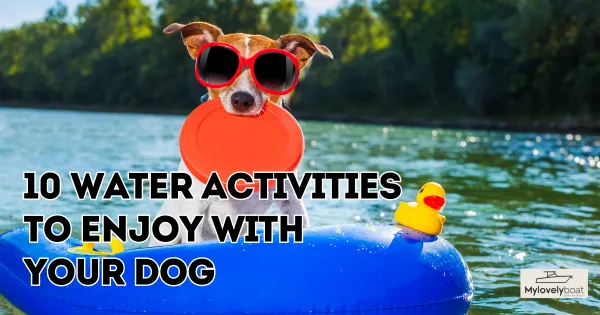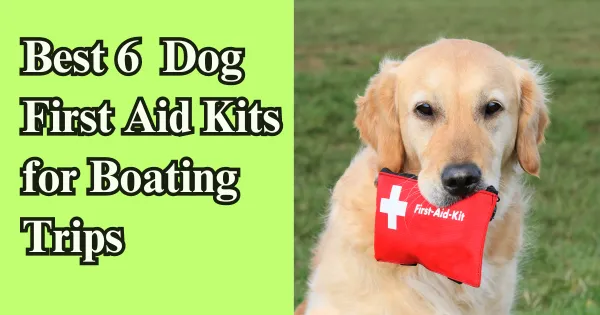10 Water Safety Tips Every Parent Should Teach Their Kids
Why You Can Trust: We are dedicated to providing our readers with the most comprehensive, expert advice on a wide range of products. If you buy through our links, we may get a commission.
- What age is best to start teaching water safety to children?
- Here are 10 Water Safety Tips Every Parent Should Teach Their Kids
- Tip # 1: Enroll Kids in Swimming Lessons
- Tip # 2: Always Supervise Children Near Water
- Tip# 3: Teach Kids to Swim with a Buddy
- Tip# 4: Use USCG-Approved Life Jackets
- Tip# 5: Learn to Recognize and React to Drowning Signs
- Tip# 6: Know and Practice CPR
- Tip# 7: Follow Pool and Beach Rules
- Tip# 8: Avoid Breath-Holding Games
- Tip# 9: Teach Kids about Water Depth Awareness
- Tip# 10: Educate Kids about Natural Water Hazards
- conclusion
Navigating the world of child safety can be daunting, especially when water is added to the mix.
With summer and boating vacations on the horizon, understanding water safety is more important than ever.
This blog post is an essential guide for parents, providing 10 indispensable water safety tips. From mastering the ‘Float’ to understanding crucial ‘Danger Signs,’ and more, this guide aims to empower you to keep your children safe around water.
So, let’s dive in and arm ourselves with the knowledge to ensure a fun and safe summer for our little ones!
Related: Top 19 Baby Boating Accessories
What age is best to start teaching water safety to children?
Defining the right age to teach water safety is vital. Some experts suggest that lessons should start early to instill safety habits.
Ideally, swimming and safety lessons can begin when a child is around one year old. These lessons should be age-appropriate. Water safety education should be a continuous process.
As children grow, they can learn more advanced safety concepts over time.
Here are 10 Water Safety Tips Every Parent Should Teach Their Kids
Tip # 1: Enroll Kids in Swimming Lessons
Teaching kids to swim is a safety imperative. Formal swimming lessons are vital to this cause. They dramatically cut drowning risks. Instructors, preferably qualified, are essential in imparting these skills.
They encompass simple to advanced techniques. They teach how to float and do efficient paddling. As they guide, they ensure children develop confidence in the water and learn to follow safety protocols.
Benefits:
- Swimming isn’t solely for exercise or fun. It’s also a key life skill that every child should be equipped with to significantly reduce the risk of drowning.
- It is beneficial to enroll your kids in formal swimming lessons where a credible instructor can methodically teach them from beginner to advanced swimming techniques.
- Crucial skills, such as staying afloat and efficient paddling, can be taught during these lessons, fostering confidence and water safety.
To effectively teach kids how to swim, it’s important to have the proper equipment on hand. Here are some essential items you’ll need.
Tip # 2: Always Supervise Children Near Water
Understanding that water safety is important across all water bodies is crucial. You should never leave a child unattended near water – a pool, a lake, or a bathtub.
Unpredictability is inherent in kids; they might unknowingly put themselves in harm’s way within seconds.
Adopting a proactive approach and maintaining vigilance is essential to prevent possible accidents and ensure a safe and enjoyable environment for your children around water.
Benefits:
- Always remember that unsupervised children near water bodies, whether large like a lake or small like a bathtub, create potential for unforeseen danger.
- Given their curious and explorative nature, children could inadvertently expose themselves to risky situations. Hence, vigilant supervision is non-negotiable.
- Constant supervision thus stands as a solid protective measure, safeguarding children against the threats of unexpected water-related accidents.
Tip# 3: Teach Kids to Swim with a Buddy
Reinforce the importance of the buddy system when it comes to swimming. This technique serves as an extra safety net for children.
A buddy is invaluable in emergencies, teaching kids to be responsible, attentive, and cautious while swimming or around water.
Besides ensuring safety, it cultivates social interaction and builds trust, providing a wholesome and protective environment during aquatic activities.
Benefits:
- The buddy system is a proven safety strategy, especially vital when children engage in swimming activities or explorations around water bodies.
- By swimming together, buddies benefit from mutual support in case anything goes awry, and they can quickly summon help during emergencies.
- Encouraging kids to use the buddy system fosters a stronger sense of consciousness, responsibility, and alertness, further tightening the protective measures around water.
Tip# 4: Use USCG-Approved Life Jackets
Ditch the arm floaties and pool noodles, which can offer a misleading sense of safety.
Instead, rely on U.S. Coast Guard-approved life jackets for genuine security during water activities. They are specifically designed to prevent drowning, ensuring worry-free water adventures for children.
Along with supervision, these life jackets can significantly bolster safety measures, reducing the risk of accidents and enhancing overall peace of mind.
Benefits:
- Opt for U.S. Coast Guard-approved life jackets, which are meticulously designed to ensure optimal safety and effectively avert drowning during water activities.
- While arm floaties and pool noodles might appear convenient, they can be deceptive, provide a false sense of security, and are not made to protect against drowning.
- Equip your children with appropriate lifesaving gear like USCG-approved life jackets, setting the stage for a secure and enjoyable experience in and around water bodies.
Tip# 5: Learn to Recognize and React to Drowning Signs
Drowning doesn’t always mirror the dramatic scenes from television or movies. It’s often silent and rapid.
Parents and children must be familiar with the characteristic signs, such as trouble staying afloat or gasping for air, enabling prompt response.
A clear understanding of these signs allows for swift detection of danger, increasing chances of timely intervention and preventing potential tragedies.
Benefits:
- It is important to debunk the myth that drowning always follows a dramatic sequence; it is often quick and soundless.
- Educate children and yourself about the visible signs of drowning, ranging from difficulties maintaining surface level to desperate gasps for breath.
- Timely recognition could pave the way for a swift response, so seek professional help immediately upon noticing these signs to save a life.
Tip# 6: Know and Practice CPR
Cardiopulmonary Resuscitation (CPR) is a lifesaving technique that parents should spare no effort to learn.
When water accidents occur, the ability to administer CPR immediately and effectively can significantly impact survival rates. In addition to CPR, acquiring related first aid skills can ensure a well-rounded knowledge base contributing to emergency preparedness during aquatic situations.
Parents equipped with these skills can respond swiftly, strengthening their capacity to safeguard their children’s and others’ wellbeing in crisis scenarios.
Benefits:
- Grasping and practicing CPR is non-negotiable for every parent, as it can decide between life and death in the critical moment following a water mishap.
- It equips you to react swiftly, confidently, and, most importantly, effectively when every second counts.
- Learn, know, and frequently rehearse the CPR procedure—it increases the chances of survival during critical emergencies, offering a lifeline until professional help arrives.
Tip# 7: Follow Pool and Beach Rules
Equipping your children with knowledge and respect for pool and beach rules fosters safe behaviors around these water bodies.
Every direction given by lifeguards or signs posted in these areas should be adhered to, no matter how seemingly trivial.
Educating them on the dangers of ignoring such instructions can instill responsibility and a cautious attitude when enjoying water activities.
Benefits:
- Teaching and ensuring that your children respect and adhere to all rules, whether at the pool or beach, is integral for their safety.
- In particular, they should understand the importance of following lifeguards’ instructions and the ‘no running’ rules to prevent injuries.
- Doing so establishes responsible and safety-oriented behavior around water bodies, ensuring kids can have fun while staying secure.
Tip# 8: Avoid Breath-Holding Games
Breath-holding games can be exciting but can also cause hypoxic blackouts, leading to drowning.
It’s important to tell your kid about the risks and discourage them from playing these games. Ensure they know their dangers and suggest other fun and safe water activities instead.
Offering them alternatives while explaining the hazards teaches them to make informed decisions about their safety, cultivating mindfulness during underwater activities.
Benefits:
- Breath-holding games, often considered entertaining, can quickly turn deadly by causing hypoxic blackout—a severe condition leading to unconsciousness and potential drowning.
- Act as informed guardians and educate your children about the underlying risks associated with these seemingly harmless games.
- Stress the importance of safety over entertainment and strongly discourage their participation in breath-holding games, thus setting a precedent for making sound judgment decisions.
Tip# 9: Teach Kids about Water Depth Awareness
Water depth is an important part of water safety, so it’s important to ensure your kids know it.
Diving deep can be exciting but can lead to spinal injuries and drowning. Ensure your kids learn to always check the depth before jumping in or out of the water.
By instilling this habit, you’re safeguarding them from potential dangers and ensuring they develop a conscious, responsible approach to water recreation.
Benefits:
- Recognizing the risks of water depth and educating your children on this matter significantly ensures their safety.
- Empower them with the knowledge that jumping or diving into water without knowing its depth is a dangerous gamble and can result in severe injuries.
- Ensure your children are mindful of these risks and encourage them to always verify the depth of the water before jumping or diving in.
Tip# 10: Educate Kids about Natural Water Hazards
Natural water bodies pose unique difficulties, including unexpected tidal changes, currents, and interactions with marine organisms.
It is essential to instill in children the ability to recognize and appreciate the unpredictability of nature, thus equipping them with the skills to respond appropriately to these contingencies.
Navigating these challenges fosters self-assurance, maturity, and respect for the environment and its diverse elements.
Benefits:
- Children should be educated on the potential dangers of open waters, including changing tides, strong currents, and marine wildlife, to ensure a safe journey.
- Equip your kids with valuable knowledge about identifying these factors and their potential consequences while swimming or playing in open water.
- Instilling respect for nature’s unpredictability and fostering situational awareness are vital steps in ensuring children can enjoy water activities while taking necessary precautions.
conclusion
We appreciate your valuable experiences and wisdom regarding the crucial topic of water safety while boating with kids.
Kindly take a moment to share your tips and practices that can help keep children safe around water. You can leave your thoughts in the comments section below.
Your contribution will help our community strengthen in fostering a safe and enjoyable environment for all children during aquatic boating adventures.
More articles
Want More Tips?
Sign up for our boating guide newsletter and stay up-to-date with the latest content in your inbox weekly!

I am a freelance writer passionate about watersports and the great outdoors. I have many years of experience in the marine industry, and I enjoy sharing my knowledge and expertise with others so that they can get the most out of their boating experiences. I like fishing, kayaking, and exploring new destinations by boat whenever I have time. Contact Us: Linkedin







